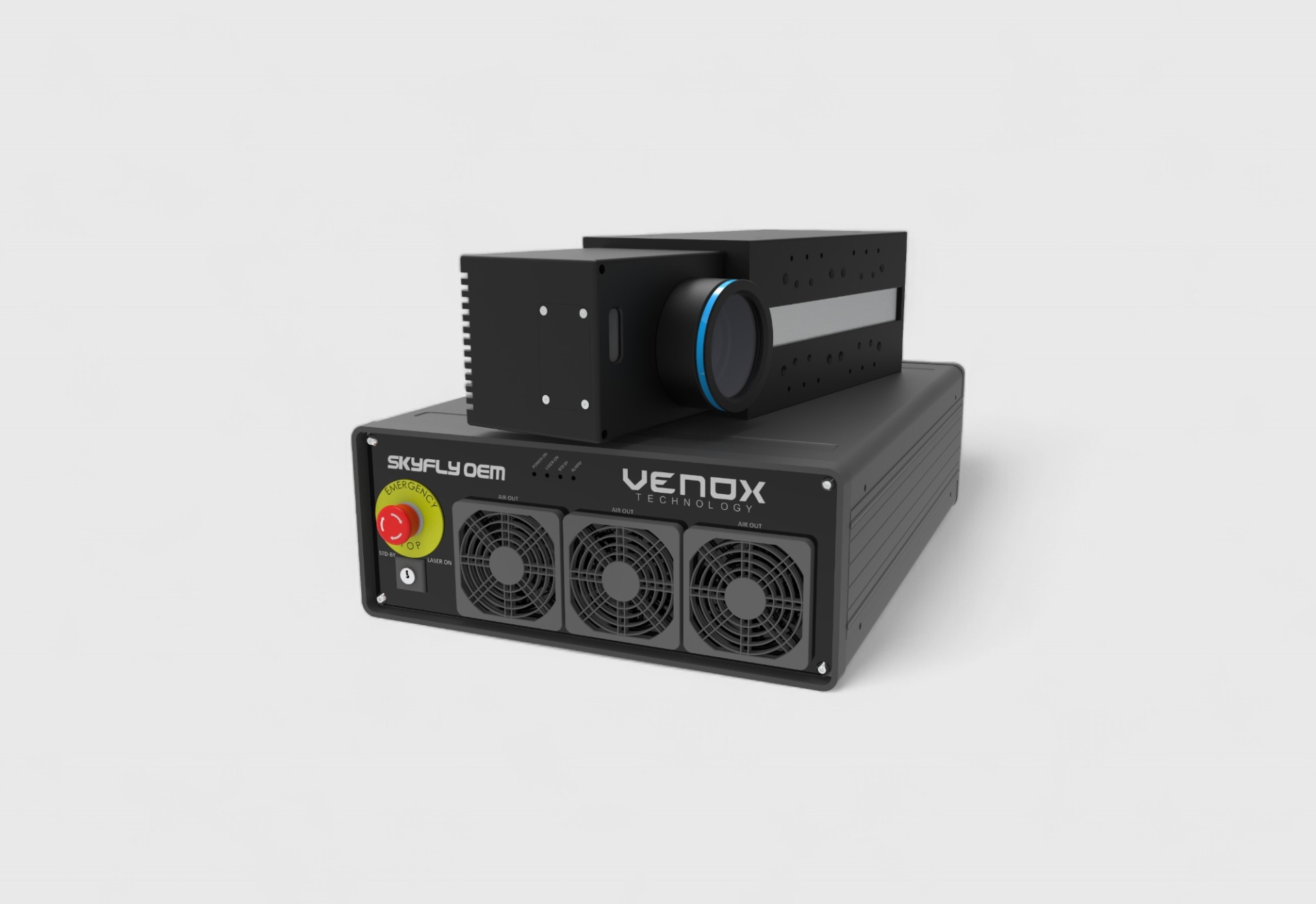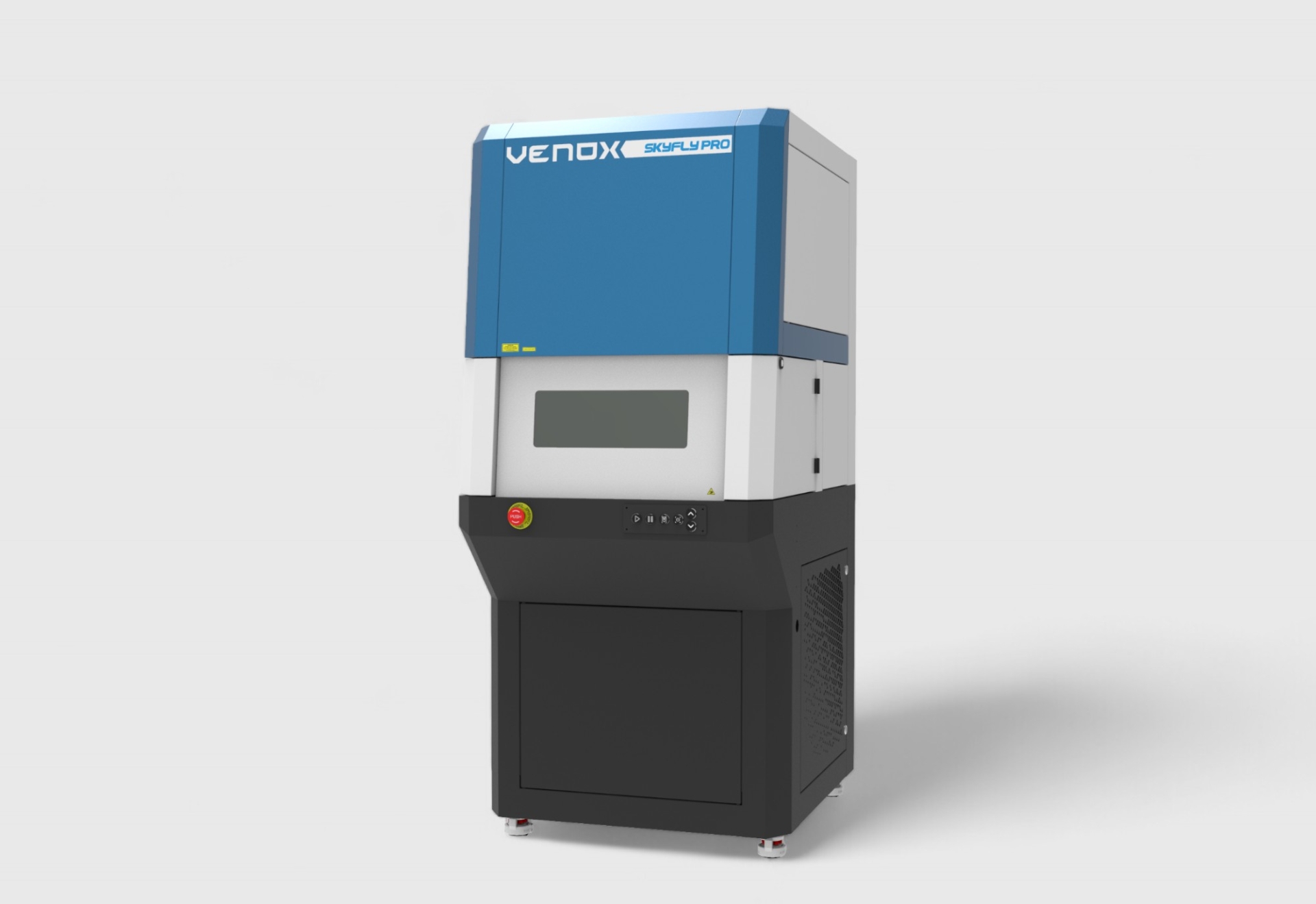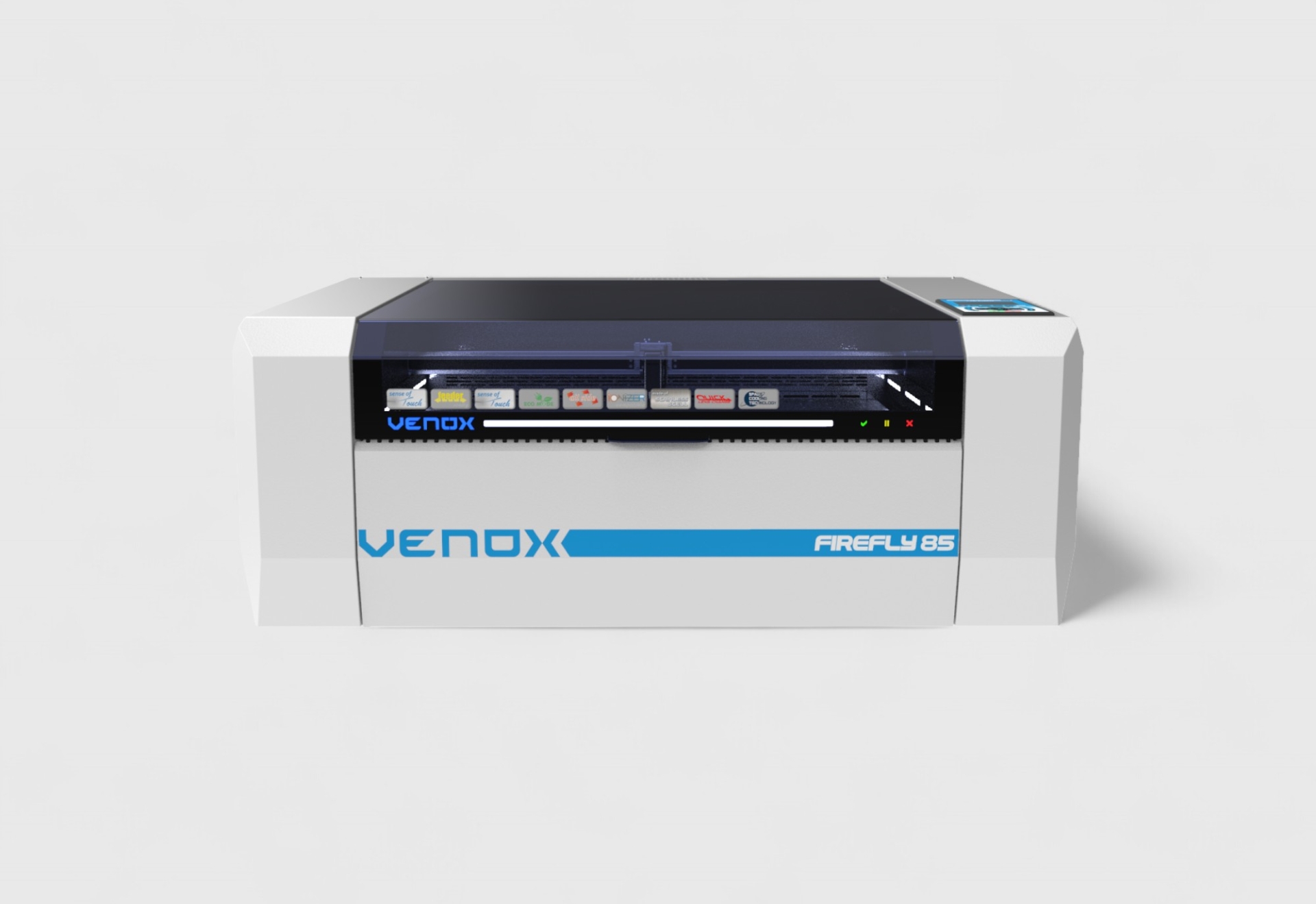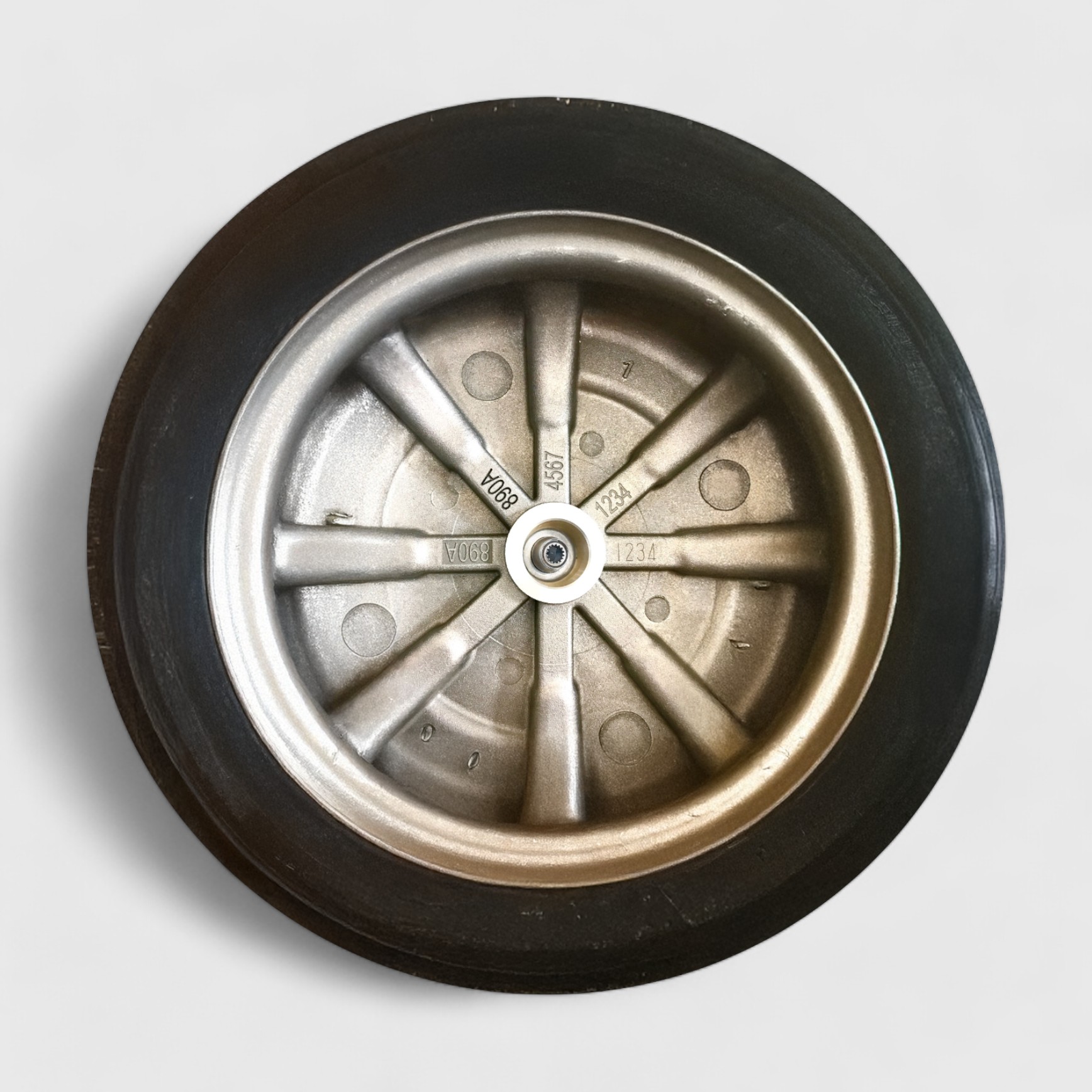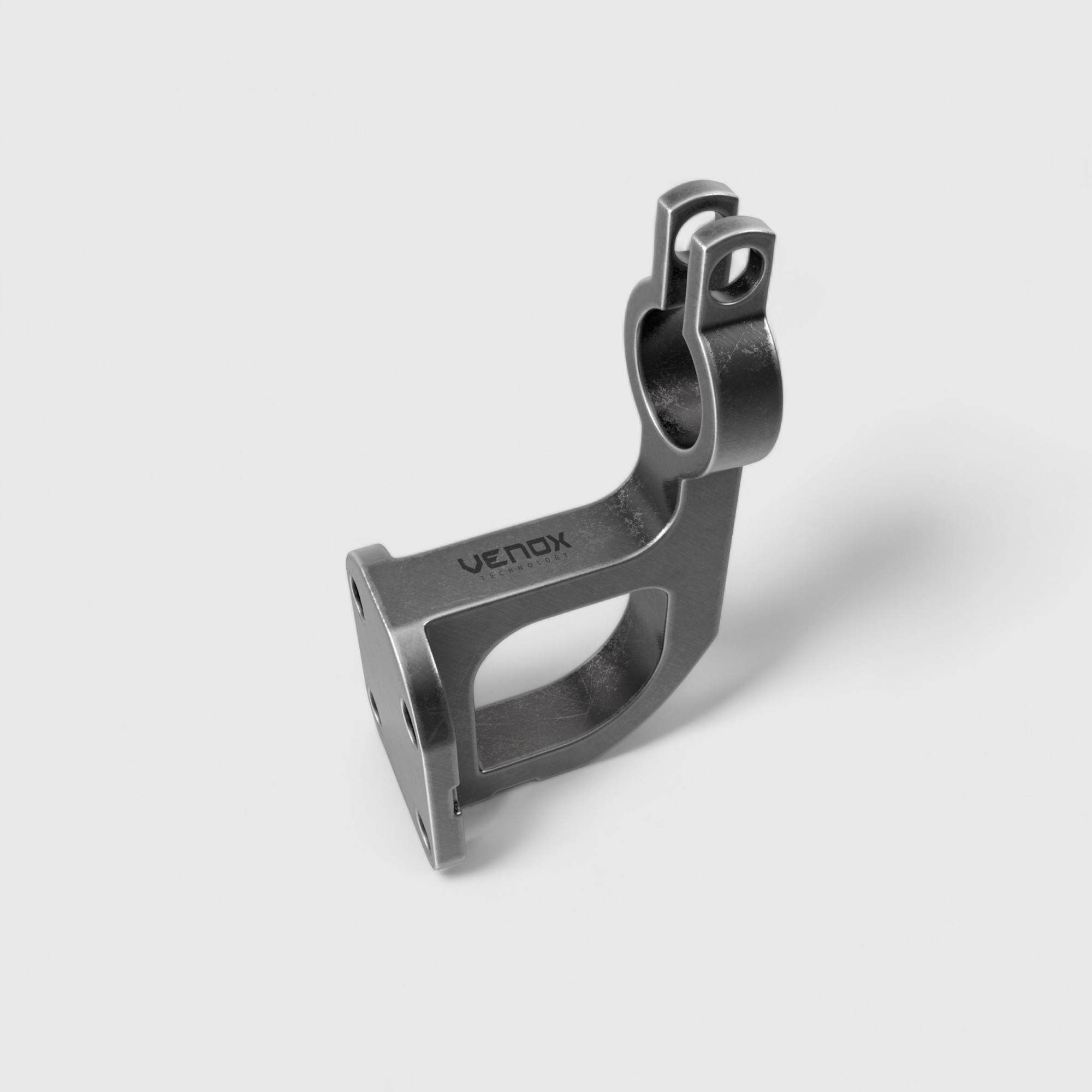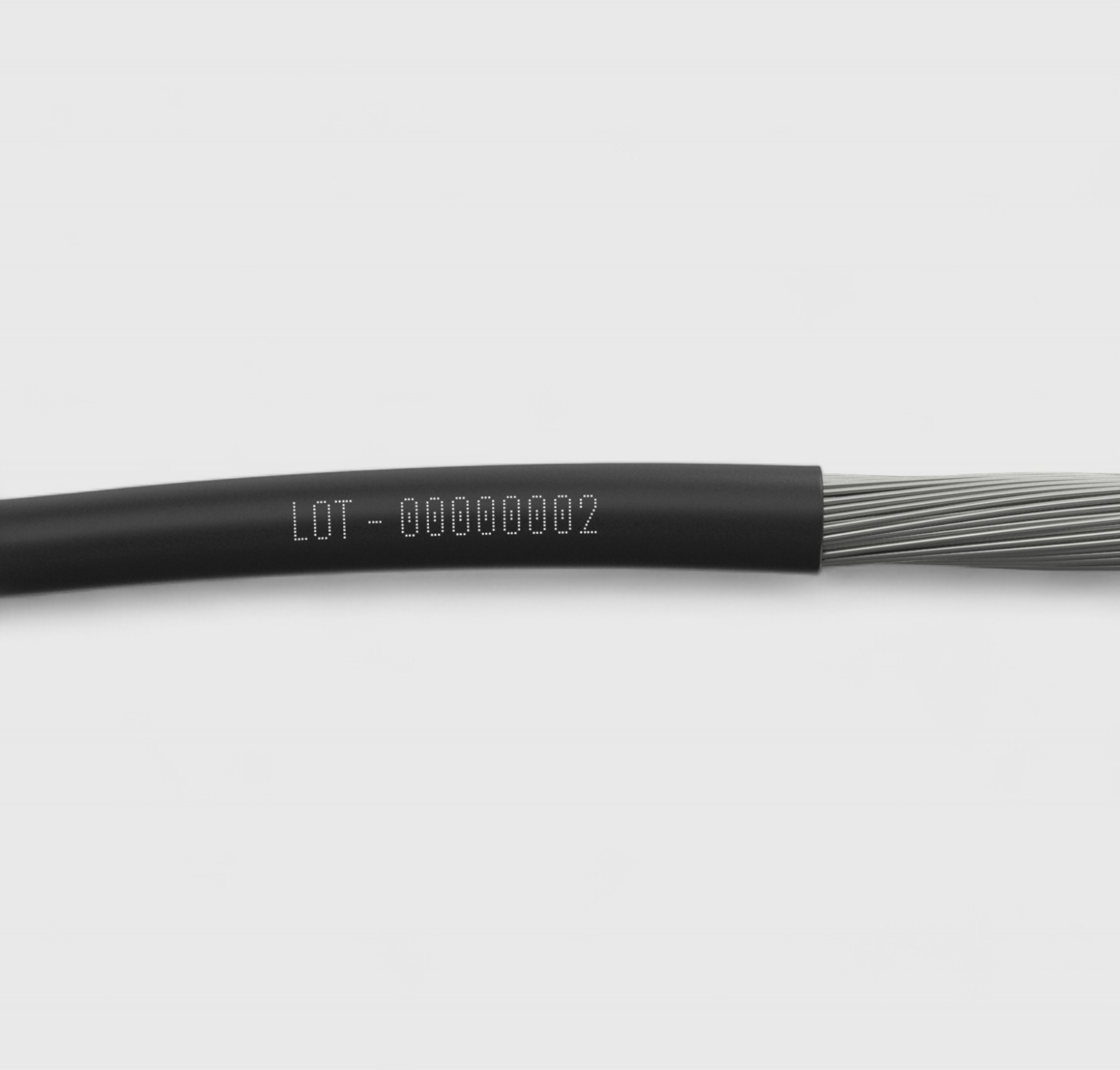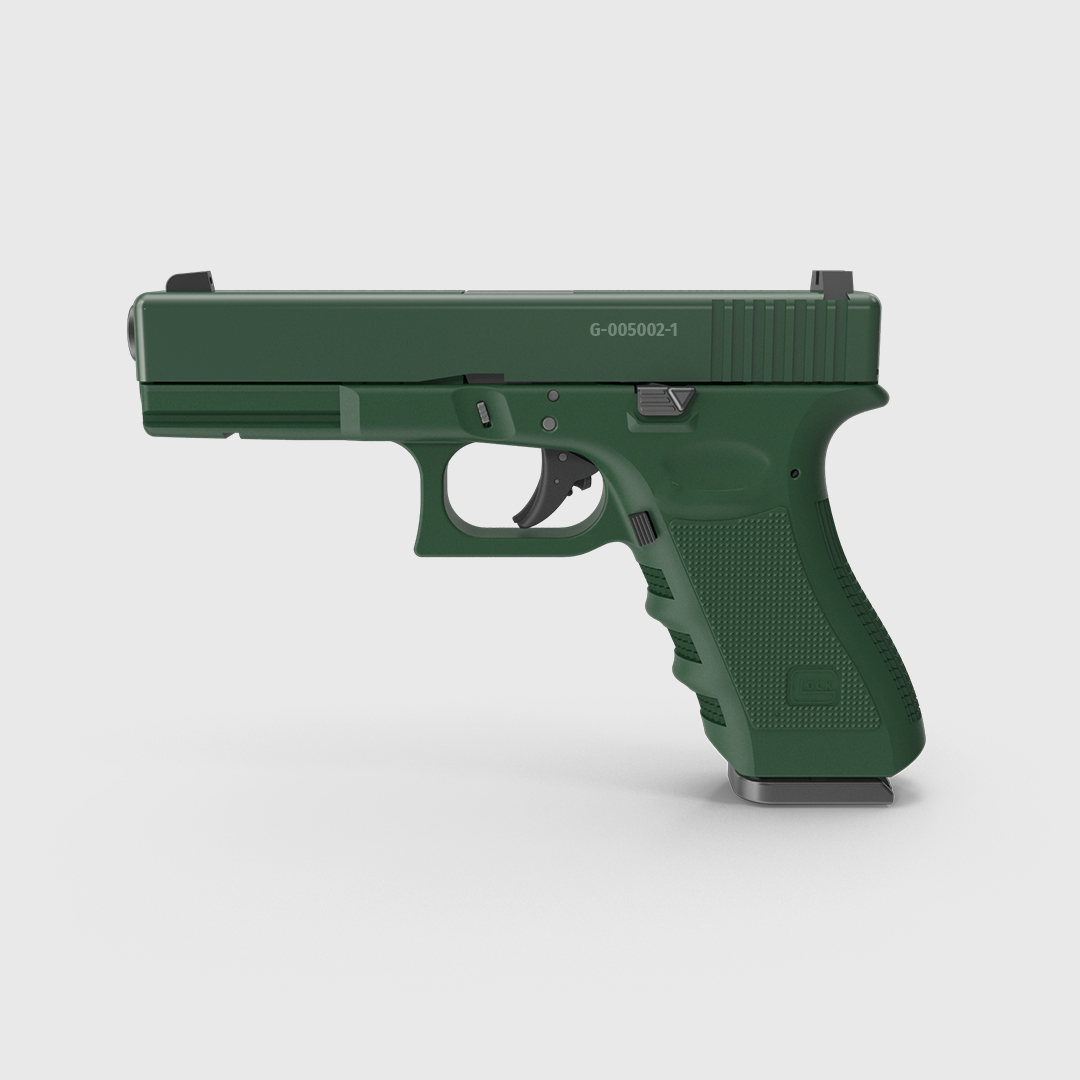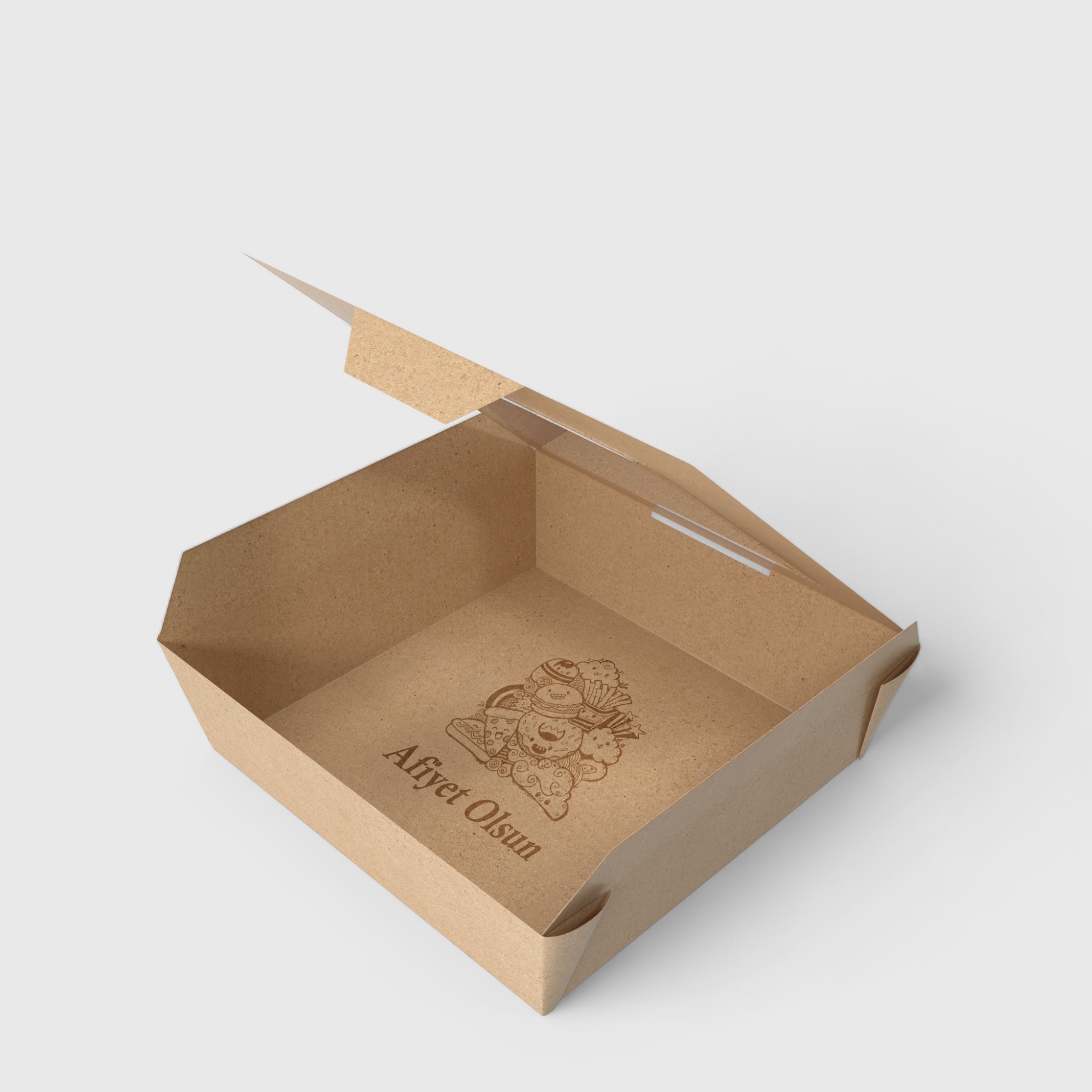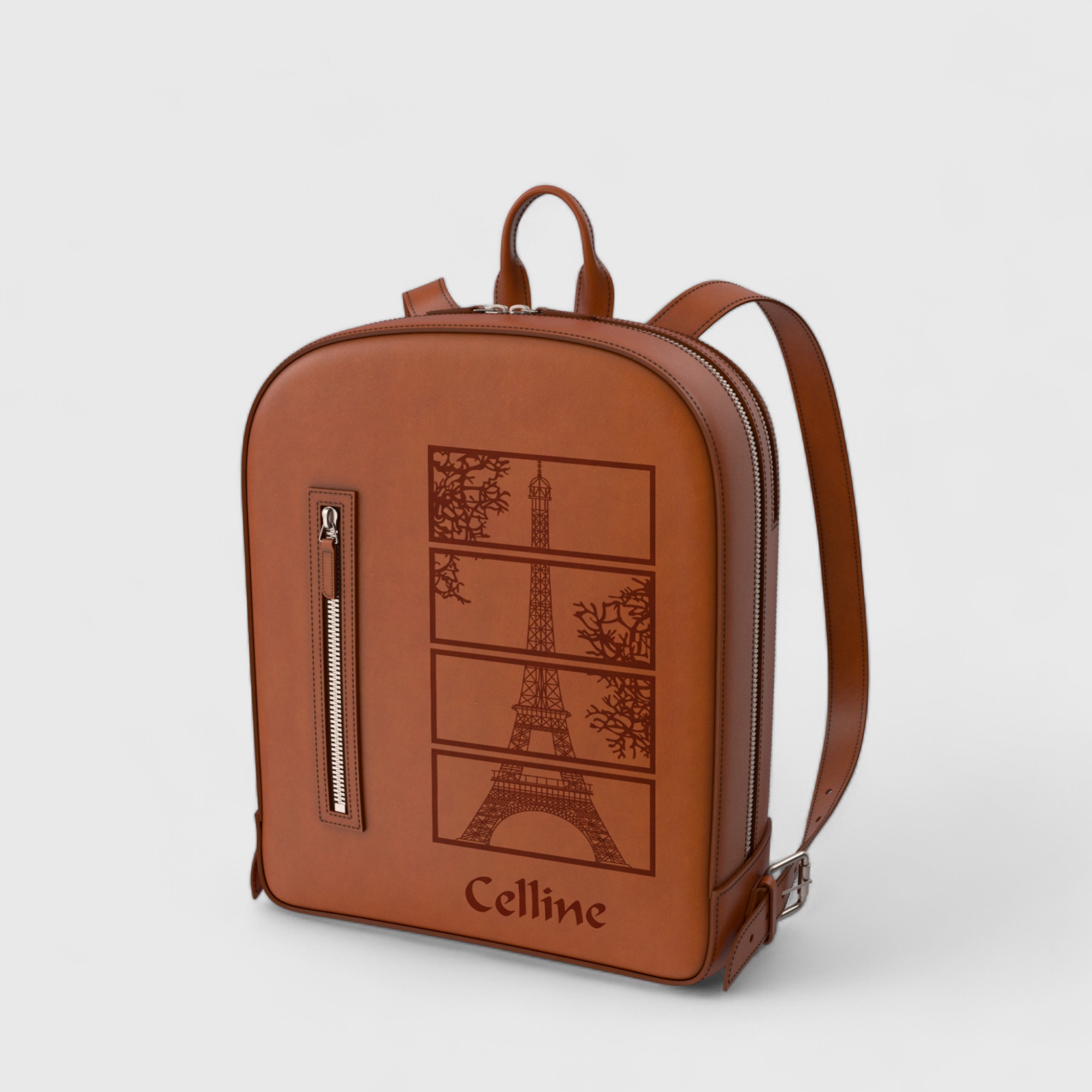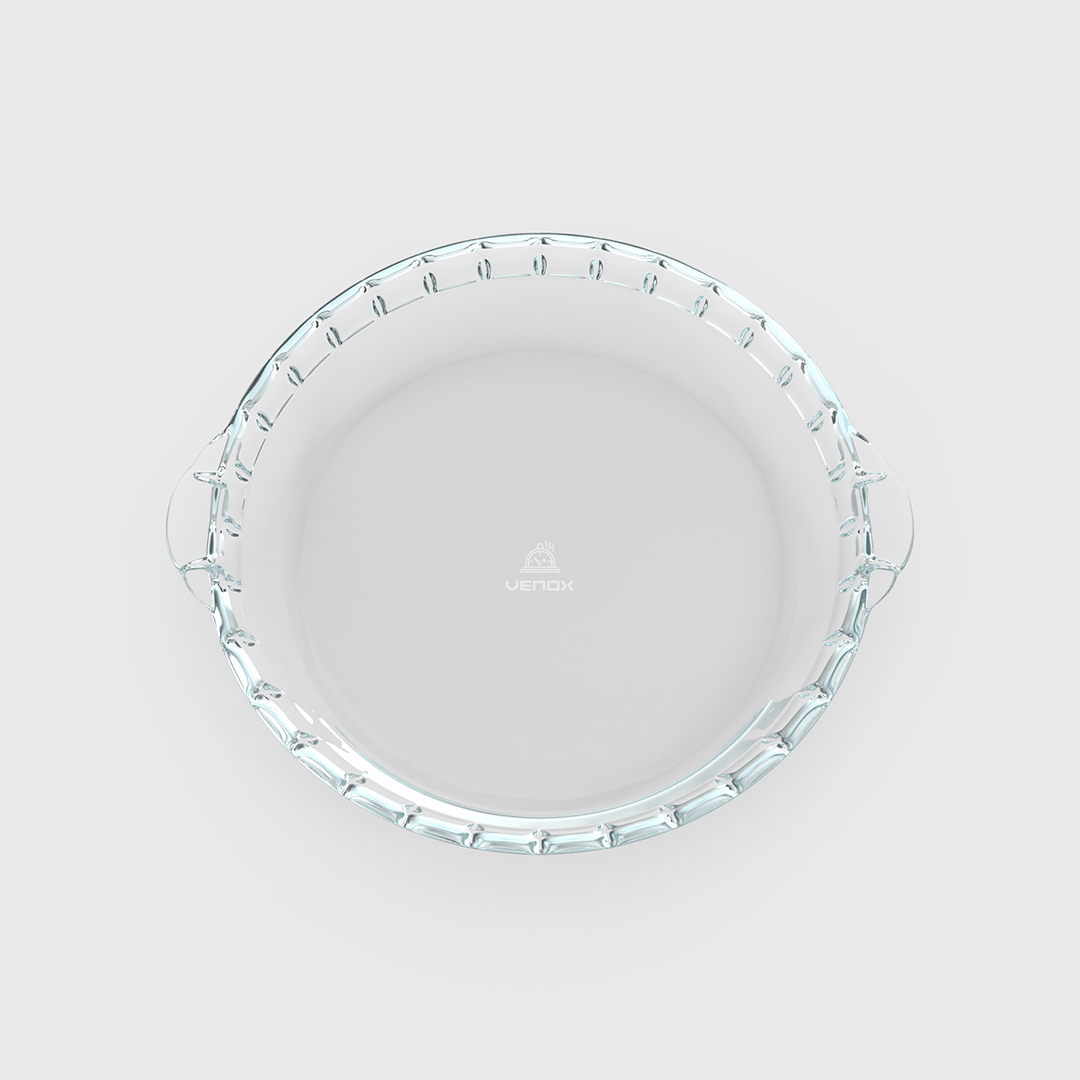Laser marking is used to permanently mark the serial number and lot number of each product in medical devices. This ensures product traceability and safety.
✅ Traceability and Recall Efficiency: Serial and lot number markings make it easy to track every stage of the production process. In the event of a recall, the relevant products can be quickly identified.
✅ Permanent and High Durability: Laser markings are resistant to wear, chemicals, sterilization processes, and high temperatures.
✅ Biocompatible and Contactless Marking: Laser marking can be performed without using chemicals, without damaging the surface, and in compliance with medical safety standards.
✅ High Precision and Clear Readability: Sharp, readable, and high-contrast markings can be made even on small surfaces. Markings compatible with systems such as barcodes, QR codes, and UDI (Unique Device Identification) are possible.
✅ FDA and MDR Compliance: Ensures compliance with mandatory FDA (Food and Drug Administration) and MDR (Medical Device Regulation) requirements for medical devices.
Example: Serial numbers and production dates are laser-engraved on medical devices and implants. These markings facilitate the tracking of product quality control processes and enable quick intervention in recall situations.
